Bingsu - a Korean sweet made from smooth shaved ice, filled with toppings such as mashed red beans, fresh fruit, a slice of cheesecake... has become familiar in Vietnam, especially during hot summer days.
But more than just an ordinary drink, this seemingly simple sweet contains an interesting history of how ancient Koreans stored ice during the winter so they could use it during the summer.
For centuries, Koreans have collected ice from frozen rivers during the winter and stored it in insulated vaults so it wouldn't melt during the hot summer days.
According to the “Gyeongguk Daejeon,” a law enacted in 1458 during the reign of King Sejo of the Joseon Dynasty (1392-1910), the distribution of ice was strictly controlled due to its scarcity. Not everyone could use ice. Only members of the royal family or government officials were allowed to use ice.
Ice is used to chill foods, make desserts, and preserve cooked dishes during hot months.
By the late Joseon period, ice had become a commercial commodity, making it more accessible to the common people, leading to the popularity of bingsu - a shaved ice dessert introduced from Japan in the late 19th century.
An aristocrat named Kim Gi-su (1832-?), who went to Japan on a diplomatic mission, was one of the first Koreans to describe bingsu in his 1877 book "Ildonggiyu."
He wrote that it was "a frozen syrup made by grinding ice into powder and mixing it with egg yolks and sugar. He described the dessert as "shaped like a mountain of brilliant colors - sweet to the taste and cool to the touch."
A painting of a shaved ice vendor in Korea in 1917. (Source: Korea Times)
According to the Hwangseong Sinmun newspaper, by 1900, a bingsu shop had opened in what is now Seoul's Jongno district. By 1921, the Donga Ilbo newspaper reported that Seoul had more than 400 bingsu shops.
Culture magazine Byeolgeongon has highlighted bingsu as an essential summer food, even listing some of the city's most popular vendors and their menus.
Bingsu's Journey of Change since the Early 20th Century
Unlike today’s patbingsu, which is made by shaving ice and topping it with various ingredients such as tteok (sticky rice cake), sweet red beans, condensed milk, and roasted bean powder, bingsu in the early 20th century was much simpler. They simply shaved ice, poured it into a bowl, and topped it with strawberry syrup and various fruit syrups.
The Patbingsu we know today began to take shape in the early 1970s.
“Culture and lifestyle researchers attribute the evolution of bingsu to the unique preference of Koreans for chewy textures,” says writer Bang Jeong-hwan. “The mashed red beans are not only sweet but also have a certain chewiness, allowing them to gradually replace fruit syrup.”
In the 1980s, bingsu moved from street vendors to small bakeries. By the 1990s, franchises began serving bingsu in various forms, focusing on fruit toppings.
Patt bingsu is considered the most classic version, while fruit bingsu typically uses shaved frozen milk as a base and is topped with fresh fruit. Irwin mango, also known as apple mango in Korea, is one of the most popular choices, followed by strawberries, peaches, grapes, melons, and watermelons.
An ice shaver from the 1960s. (Source: Korea Times)
Some bingsu are named after their toppings. For example, Heugimja (black sesame) bingsu has black sesame seeds and chewy sesame rice cakes.
Sulbing, a dessert cafe franchise specializing in bingsu, introduces even more elaborate offerings – from bingsu topped with cheesecake and yogurt ice cream in a melon skin to Dubai chocolate bingsu, with its unique combination of kadayif (a Turkish noodle), pistachios and chocolate.
As bingsu grew in popularity, luxury hotels entered the market with super-premium versions aimed at wealthy customers.
At the high-end end, The Shilla Seoul's mango apple bingsu, made from premium mangoes sourced from Jeju Island, costs as much as 110,000 won ($80) and has become one of the most sought-after summer products.
The Four Seasons Seoul is also in the high-end segment, with the classic patbingsu priced at 89,000 won and the Jeju mango version at a whopping 149,000 won ($109).
These luxury bingsu are photographed and posted on social media, while regular bingsu menus at local cafes rarely cost more than 20,000 won.
This price difference has drawn some criticism, with opponents arguing that such luxury products exacerbate South Korea's existing wealth gap, and are reminiscent of ancient times when only the upper classes had access to ice during winter.
Others defend this view, pointing to the high quality of the fruit and ingredients, and arguing that premium bingsu serves a completely different market segment.
Bingsu cup reflects another aspect of society
Cup Bingsu is another version created to serve customers who want affordable prices and need quick convenience in life.
Cup Bingsu. (Source: Korea Times)
Cup bingsu is most commonly sold at franchise coffee shop chains, making it easy for you to enjoy this cool treat quickly.
Ediya Coffee sells four flavors of bingsu for just 6,300 won each. Mega Coffee's patbingsu, priced at 4,400 won, is so popular that it often sells out, especially after going viral on social media.
However, the shift from large, shared bingsu plates to these convenient little bingsu cups reflects another, less positive aspect of Korean society: the increasing number of people eating alone, suggesting that young Koreans are increasingly reluctant to get married./.
(Vietnam+)
Source: https://www.vietnamplus.vn/bingsu-mon-an-gan-lien-voi-lich-su-tich-tru-da-thu-vi-cua-nguoi-dan-han-quoc-post1050138.vnp


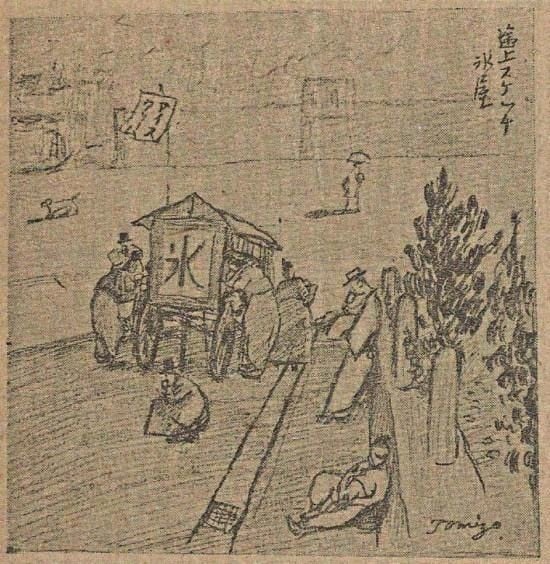
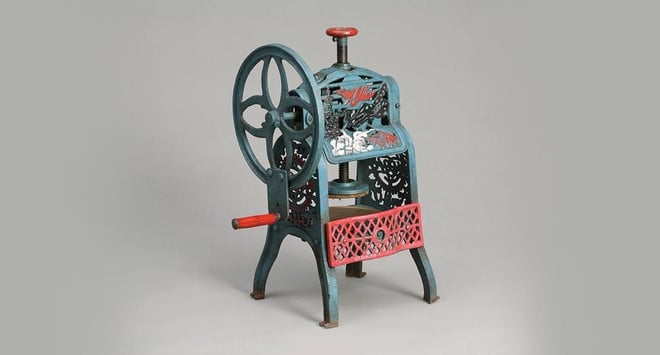
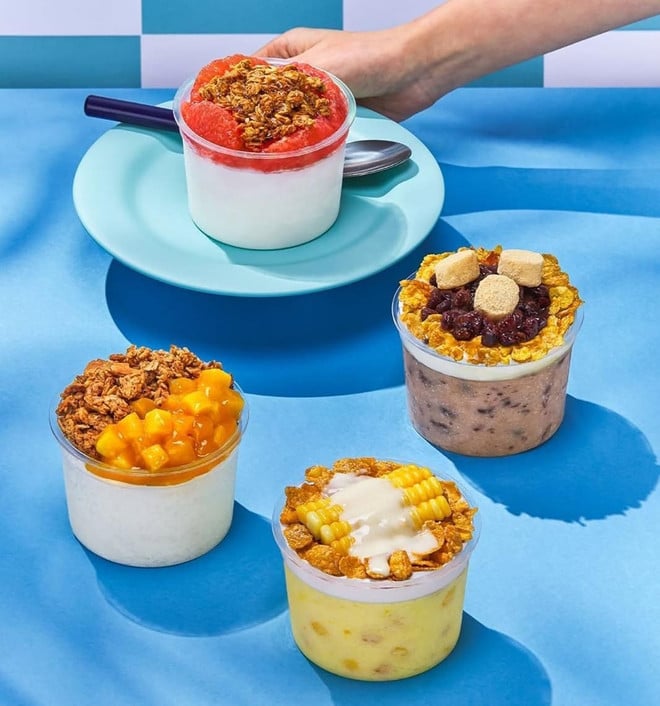








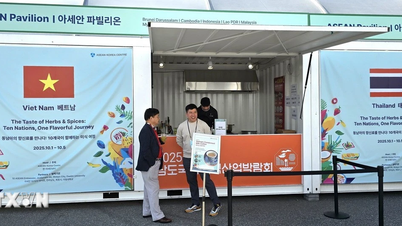
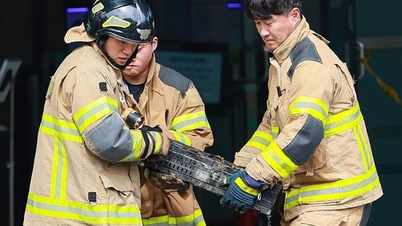

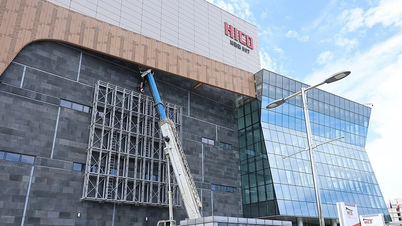



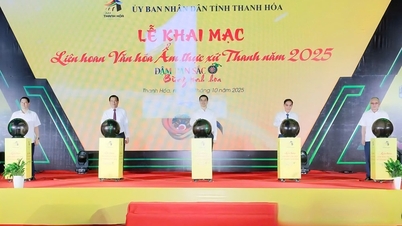


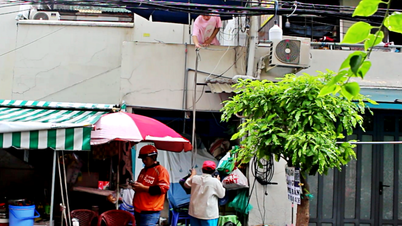



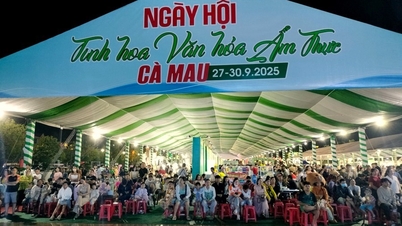
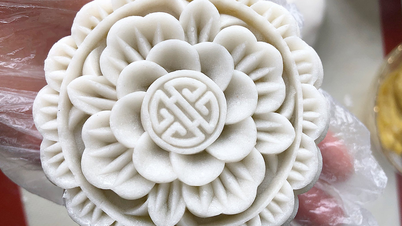





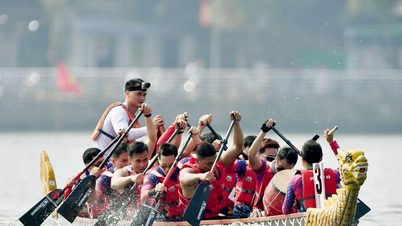

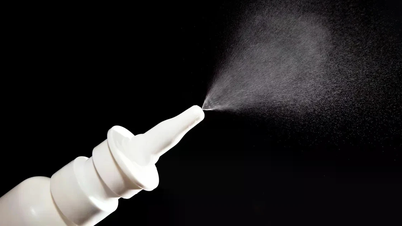

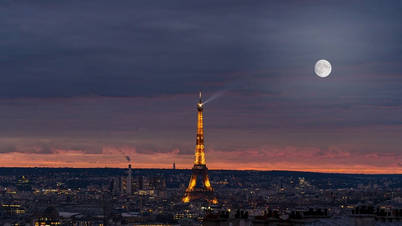
![[Photo] Binh Trieu 1 Bridge has been completed, raised by 1.1m, and will open to traffic at the end of November.](https://vphoto.vietnam.vn/thumb/1200x675/vietnam/resource/IMAGE/2025/10/2/a6549e2a3b5848a1ba76a1ded6141fae)








































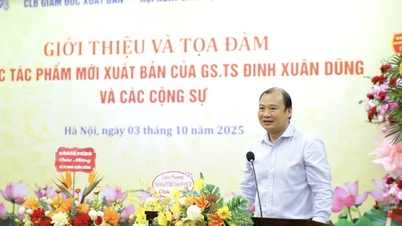
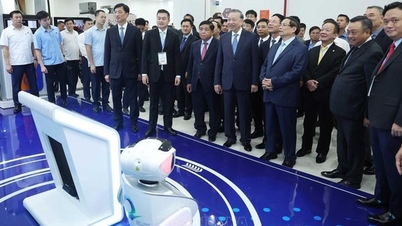



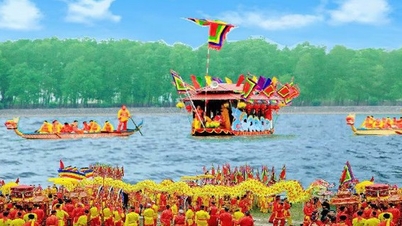
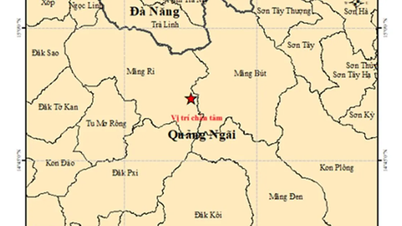

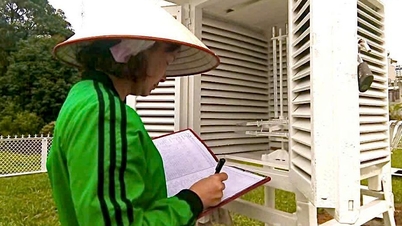

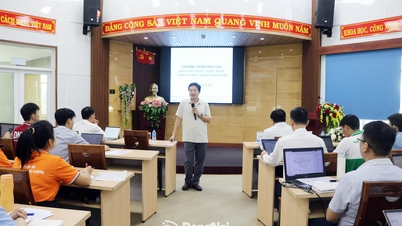
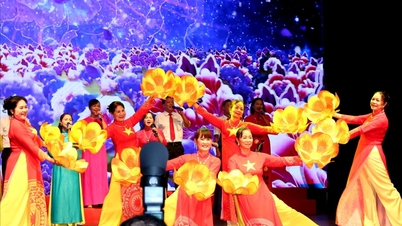

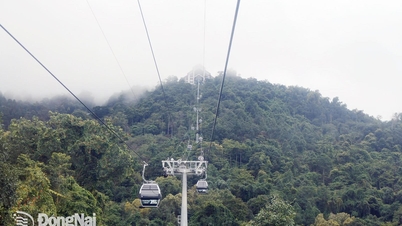
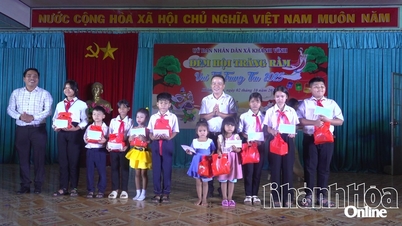













Comment (0)